New HRSMC fellowships awarded
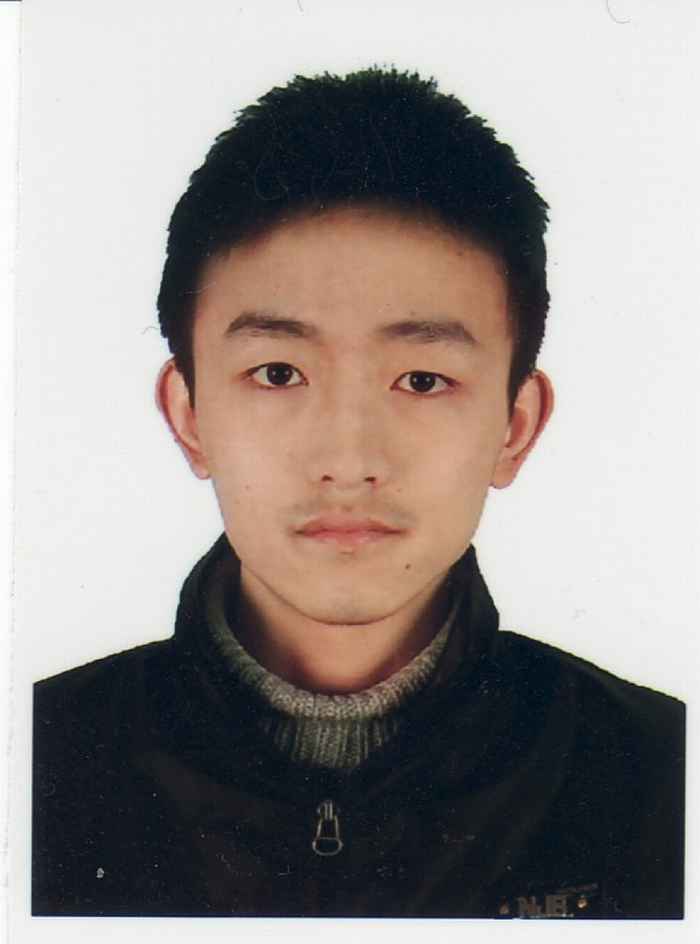
Dr. Tu Langping (Changchun Institute of Optics, China);
hosted by Prof. dr. Evert Jan Meijer, Dr. Hong Zhang (UvA)
Dr Tu is going to simulate luminescence upconversion dynamics in nanosystems and to monitor spectroscopically the time behavior of the upconversion process of novel structured fluoride nano-compounds. The nanoparticles have shown in recent years great potential in biomedical applications, e.g. multimodality imaging, drug carrier and immunoassay. Although they are yet the most effective upconversion material, the efficiency is not satisfied under clinically tolerated excitation level. The goal of this work is to unravel the upconversion mechanism in specially confined systems and explore new nanostructures for higher upcovnersion efficiency. The work will be carried out at computation chemistry group and molecular photonics group at University of Amsterdam / van ’t Hoff Institute for Molecular Sciences.
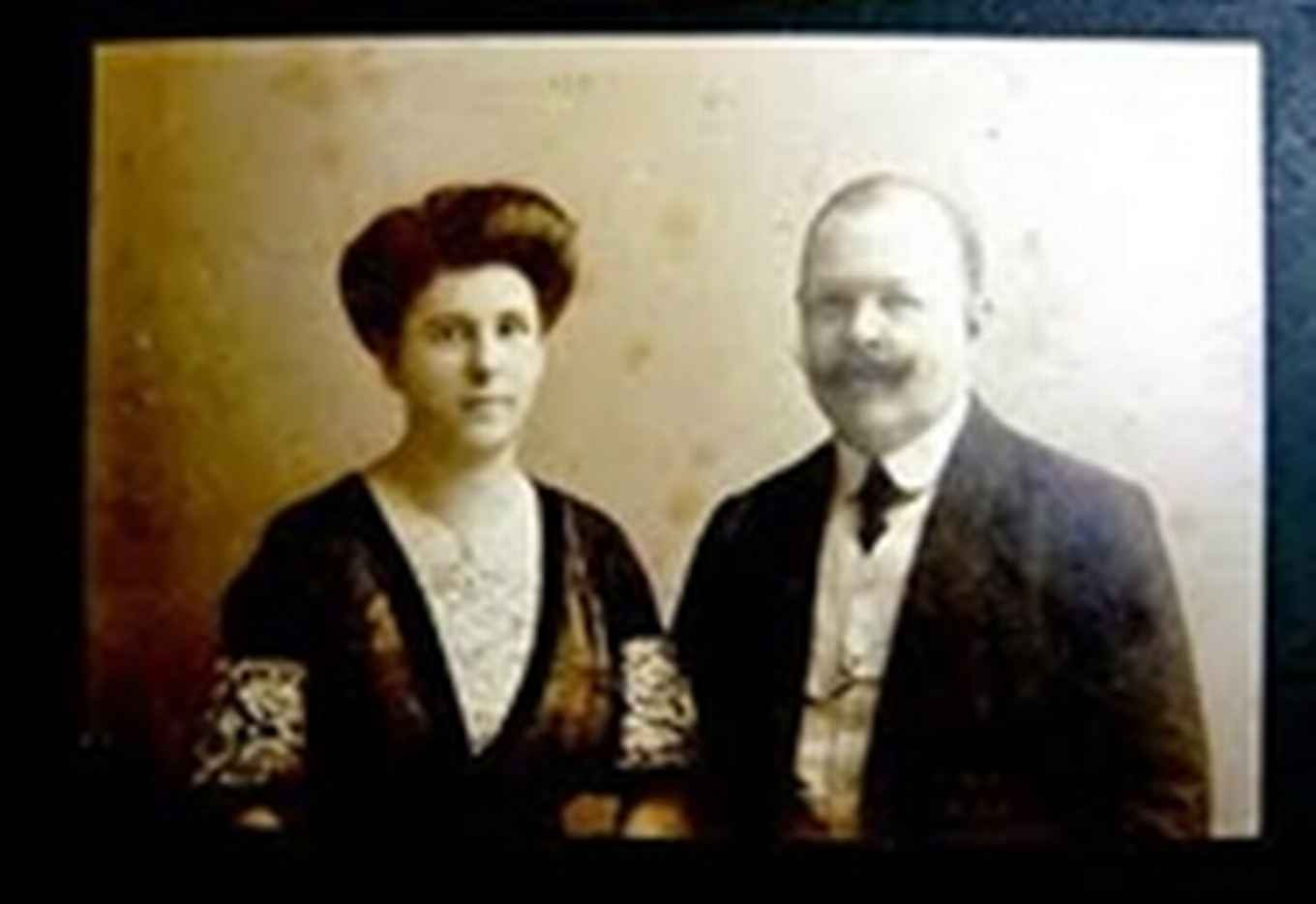
Probing the fundamental link between chemo and electrocatalysis for biomass conversion
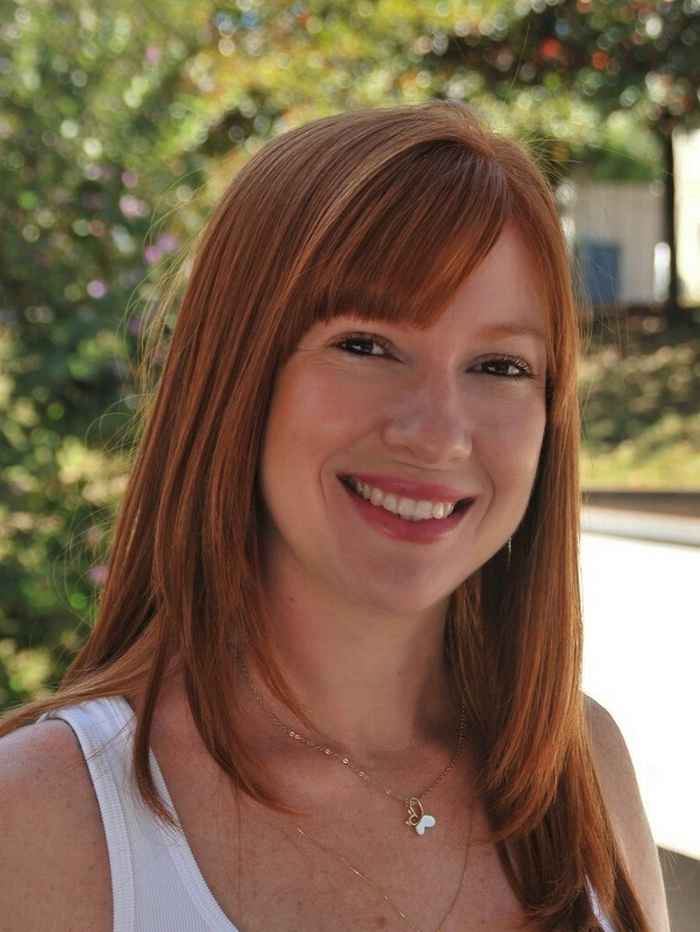
Dr. Vitaly Gitis (Ben Gurion University of the Negev) and Dr. Amanda C. Garcia (São Carlos Chemistry Institute (IQSC)/São Paulo University);
hosted by Dr. Shiju Raveendran (UvA) and Prof. dr. Marc Koper (UL)
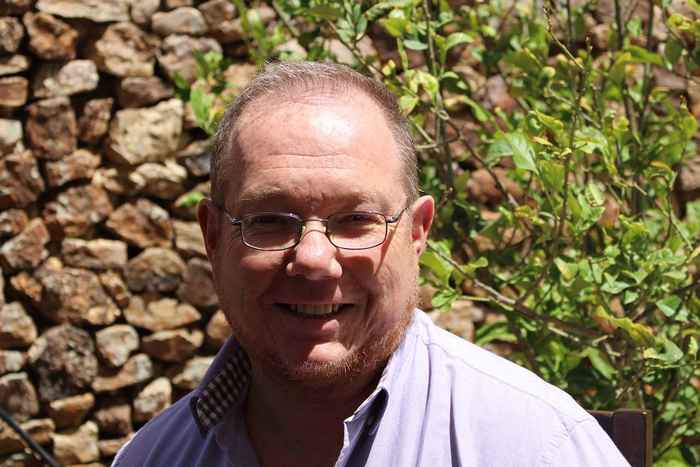
Many of the current efforts in heterogeneous catalysis are focused on catalytic biomass transformations which proceed at the liquid/solid interface and thus should closely resemble with the complex electrolyte/solid interface in electrocatalysis. This HRSMC project aims to study the similarities and the differences between chemocatalysis and electrocatalysis, taking a common and inexpensive biomass derived molecule as a model substrate.
Discovering reaction mechanisms with first principles molecular dynamics simulations
Dr. Gareth Tribello (Queen’s University Belfast, Northern Ireland);
hosted by Dr.Ir. Bernd Ensing (UvA), Dr. Joost Reek (UvA) and Dr. Sander Woutersen (UvA)
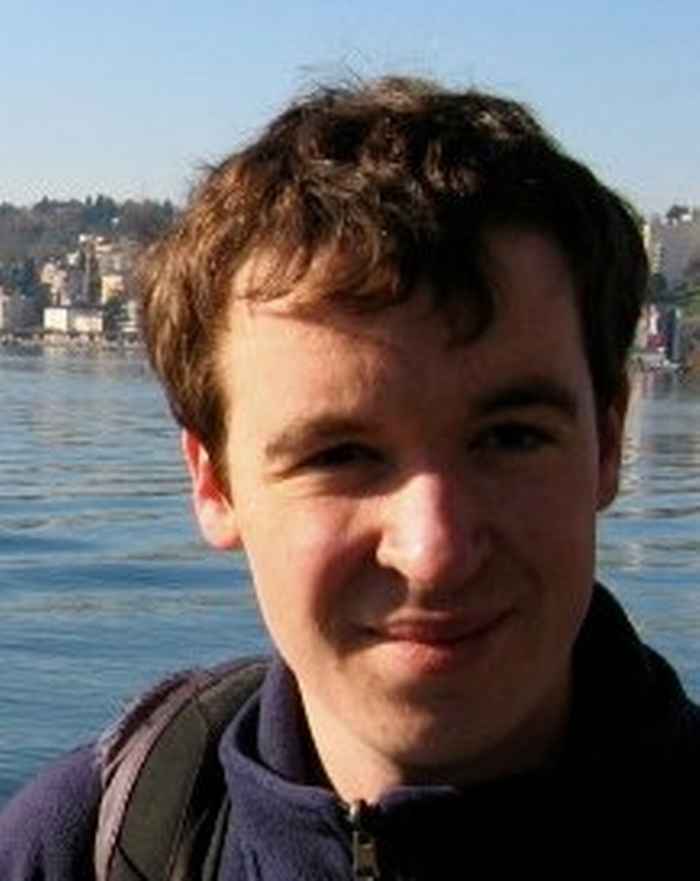
Recently, a biomimetic di-iron catalyst was made in the homogeneous catalysis group of HIMS that is able to reduce protons to molecular hydrogen with high efficiency. This project aims to employ a new simulation technique, developed in the HIMS computational chemistry group, to model the intricate catalytic cycle, involving protonation, electron transfer and chemical rearrangements. Dr. Gareth Tribello, from the Queen’s University in Belfast, Northern Ireland, will implement the new method in the quantum-chemical software and use it to unravel the reaction mechanism of the hydrogen formation process catalyzed by the novel di-iron complex.
Artificial Metalloenzyme for the Selective C-H Alkenylation of Arenes
Dr. Alejandro Orden (National University of San Luis, Argentina);
hosted by Dr. M. Ángeles (Tati) Fernández-Ibáñez (UvA) and Dr. Francesco Mutti (UvA)
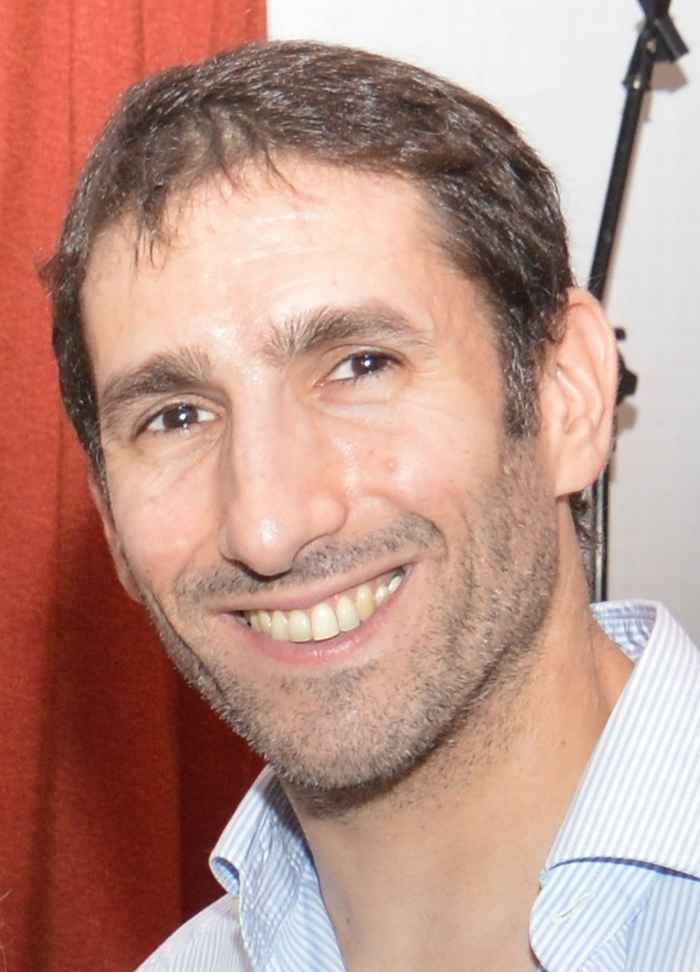
The project aims at developing new artificial metalloenzymes capable of promoting the selective functionalization of C-H bonds. It can be expected that the confined environment tailored by the metalloenzyme will foster elevated catalytic activities and selectivities. In particular, Dr. Orden will explore the C-H alkenylation of simple arenes. After proving the concept with simple arenes, this methodology will be applied to the synthesis of bioactive products such as the herbicide Prosulfuron, the anti-inclammatory drug Naprozen or the asthma drug Singulair, which are currently made in industry via Heck reaction. Dr. Orden has extensive experience in synthetic organic chemistry as well as in biocatalysis and bioorganic chemistry. Therefore, Dr. Orden is the ideal candidate to carry out the outlined proposal that is aimed at merging the best features between metalorganic chemistry and biocatalysis. This research project is part of the Priority Research Area Program "Sustainable Chemistry" at the University of Amsterdam and is a collaboration between the Synthetic Organic Chemistry and Biocatalysis groups of HIMS. Facilities and expertise regarding the preparation and characterization of the artificial metalloenzymes are available in the HIMS institute.
Well-Defined Transition Metal Complexes on Oxide Surfaces as Models for Heterogeneous Catalysis
Prof. Dr. Klaus Köhler (Technical University of Munich, TUM, Germany);
hosted by Prof. Dr. Moniek Tromp (UvA)
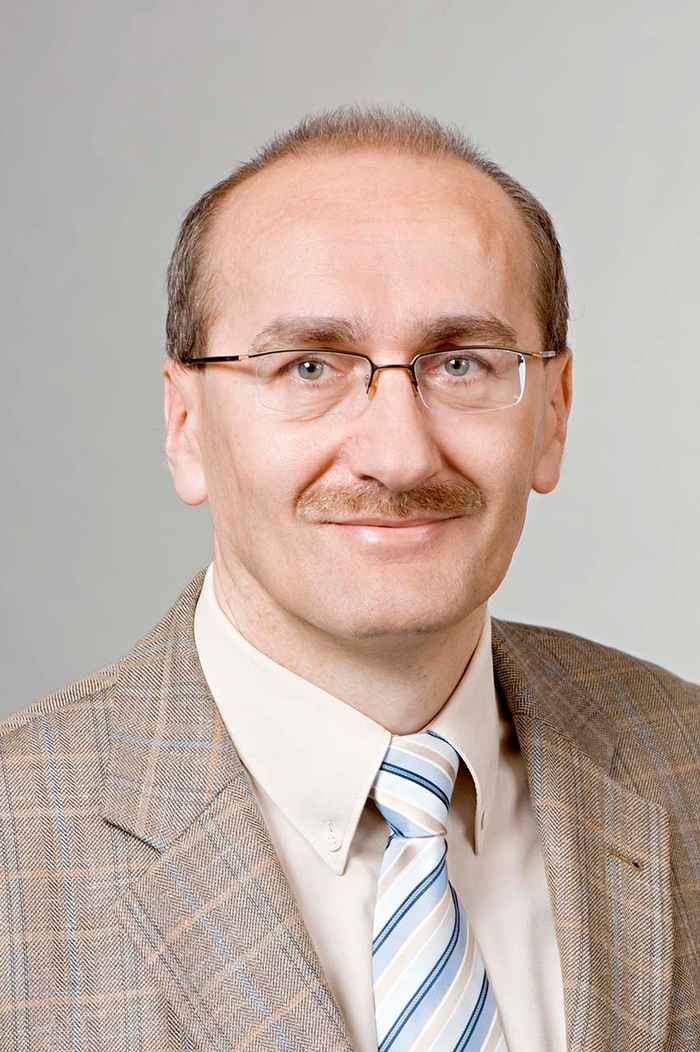
Well-defined molecular “single-site” catalysts supported on solid surfaces can contribute to deeper understanding of heterogeneous catalysis on a molecular level. Synthesis by methods of Surface Organometallic Chemistry (SOMC) as well as structural identification and characterization are challenging. Expertise in both fields, surface chemistry and synthesis methods (Klaus Köhler, TUM) and advanced characterization tools including techniques in homogeneous and heterogeneous catalysis under reaction conditions (Moniek Tromp, UvA), will support knowledge-based improvement of catalysts. Starting from isolated supported complexes of noble metals (Pt, Pd) and of chromium and copper, the partners will investigate oxidation and reduction behavior and mobility of the surface species under varying conditions (temperature, atmosphere), their interaction with the support and with gas molecules and their catalytic activity in hydrogenation and oxidation reactions. Studies of the chromium based catalysts aim on understanding and replacing them by less toxic alternatives.